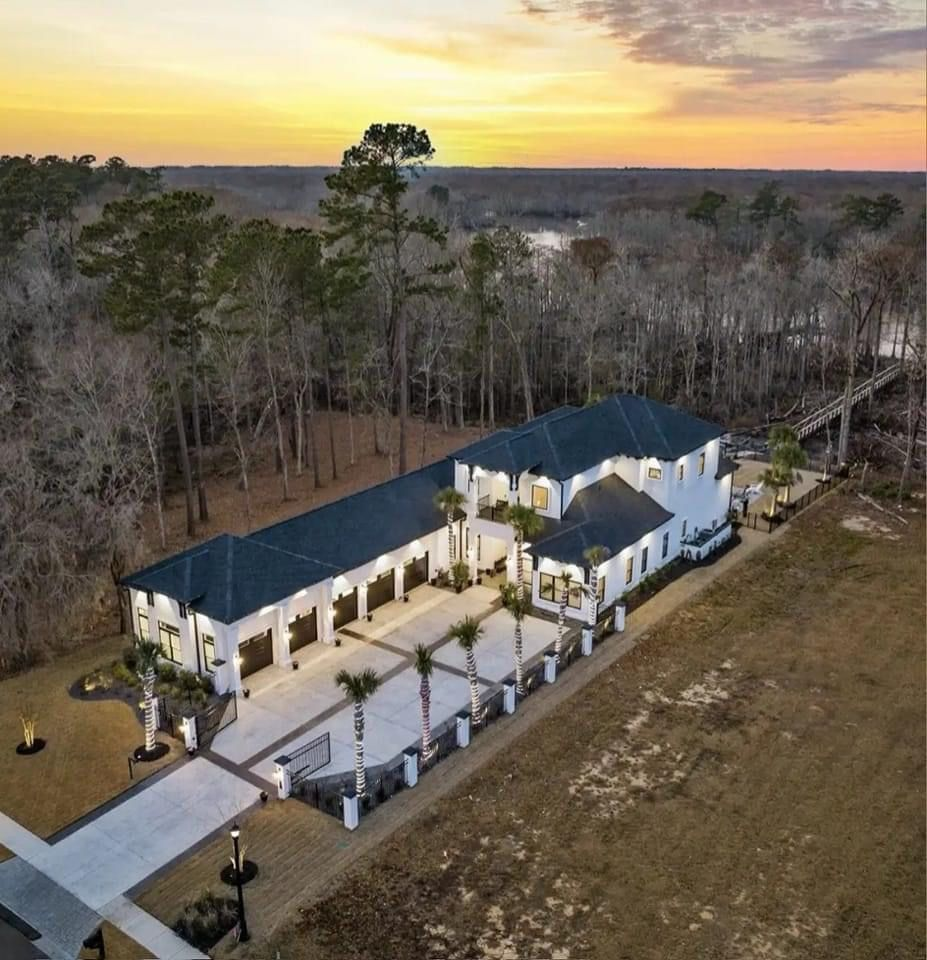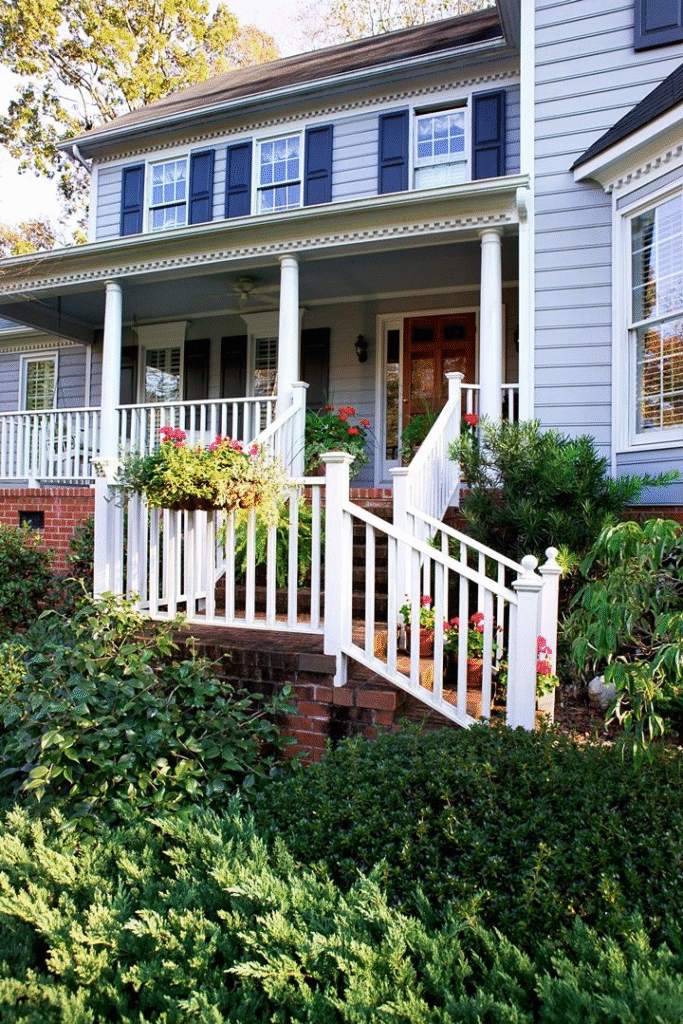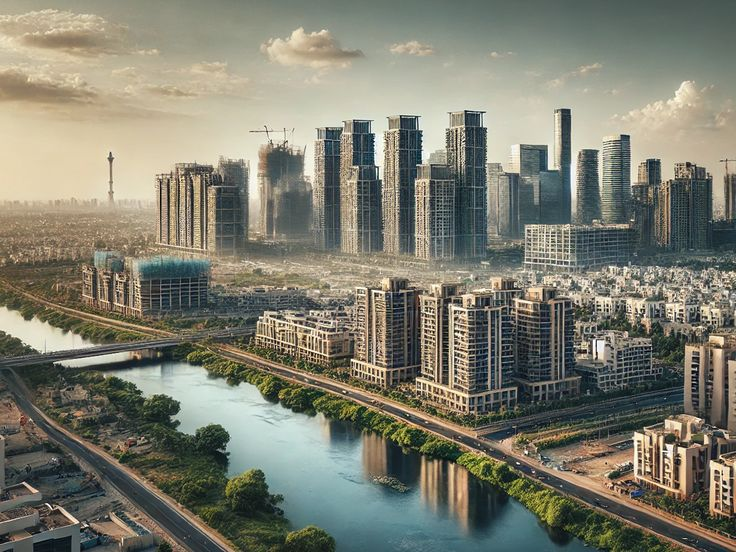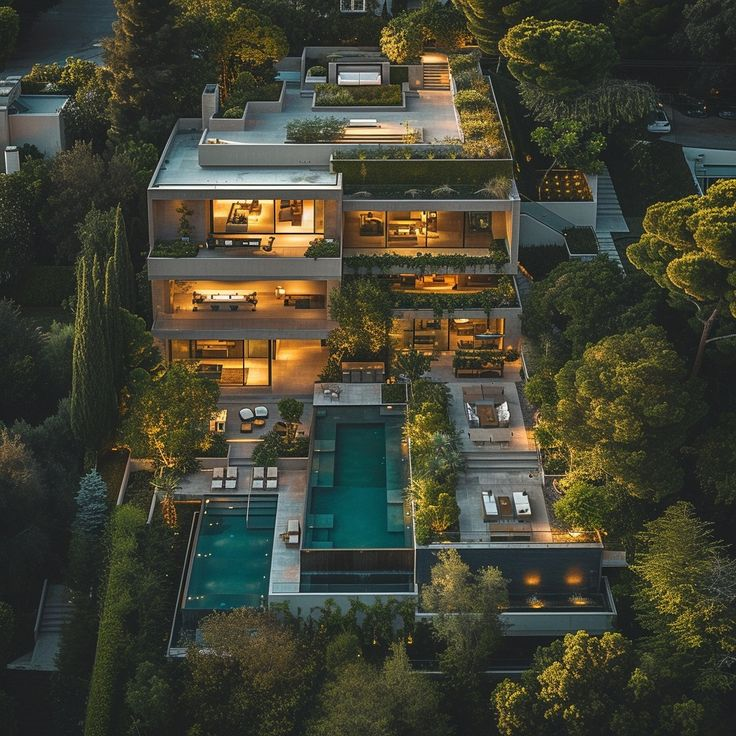Introduction: The Luxury of Vacant Real Estate
In 2025, India’s ultra-affluent are redefining luxury: it’s no longer about living in opulence—it’s about owning reserve real estate.
From ultra-luxury penthouses in Mumbai to low-density villas in Goa and hill towns, wealthy Indians are investing in homes they rarely inhabit. These aren’t holiday homes—they’re often left empty, silent symbols of prestige, wealth, and future value.

The Luxury Boom and the Rise of Vacant Homes
India’s luxury real estate market reached new heights in 2024:
- Luxury housing sales (₹4 crore+) rose 53% year-on-year to nearly 19,700 units.
- Delhi‑NCR dominated with over 10,500 units, while Mumbai focused on ultra-luxury homes priced above ₹40 crore.Outlook India+1The Economic Times+1Reuters+3Business Today+3mint+3
- JLL reports that 65% of homes priced above ₹100 crore were high-rise penthouses—not sprawling mansions.NDTV Profit+1NDTV Profit+1
This rise in high-end deals correlates with occupancy that is increasingly speculative—assets held, not used.
Why Buy a Home You Never Plan to Live In?
1. Speculation & Status Storage
India has millions of vacant homes—an Economic Survey estimated around 11 million units unoccupied, often owned by wealthy investors.361BIT
Luxury homes are now held as trophy assets, enhancing scarcity and status without disrupting lifestyle.
2. Low-Density Desirability
Projects in Gurugram and Goa emphasize green, open, low-density living—often with only 2–3 villas per acre or spacious penthouses in towers with few units per floor.Outlook India+1Reuters+1
These are marketed as sanctuaries you may not ever live in—but can hold forever.
3. Better Than Bonds or Bank FDs? Sometimes
Some wealth advisors say certain apartments yield poor rental returns (2–3%), while land or holiday villas can appreciate significantly or generate stronger short-term rentals.Ghar.tvThe Economic Times
For many, the emotional allure of land or scenic villas beats the practicality of luxury high-rise living.

Luxury Inventory & Empty Units: India’s Real Estate Paradox
- In Mumbai and Delhi-NCR, luxury homes command ₹1.2–1.5 crore average ticket sizes and continue robustly growing.mint
- Ultra-luxury deals in Mumbai rose 17% in value in 2024, with sales like ₹635 crore units changing hands.Reuters+2Business Today+2The Economic Times+2
While demand is booming at the top, occupancy remains optional for many buyers.
Who Are These Homes For—and Why Leave Them Idle?
Ultra-HNIs & Legacy Buyers
Industry insiders note that over 70% of India’s ultra-rich plan more home purchases for prestige, second-home investment, or future inheritance.The Economic Times+3Forbes India+3The Times of India+3
Global Lifestyle Buyers
Goa, Kasauli, Alibaug and hill stations attract buyers wanting second homes within 3–4 hours—often unoccupied for most of the year.Outlook India+1The Economic Times+1
Families Holding on for Appreciation
Many luxury owners prefer to hold the asset empty as they wait for permitting, infra development, or bloodline transfer—keeping value intact without wear and tear.

Design Implications: Empty But Exclusive
Builders respond with:
- Ultra-luxury penthouses designed for privacy and privacy alone—few units per tower, high ceilings, private decks.Outlook India
- Gated low-density clusters offering villas with standalone occupancy and minimal units per acre.Outlook India
- Brochures that prioritize discreet security, ownership exclusivity, and legacy messaging over livability when unoccupied.
Risks & Social Consequences
While affluent and aspirational, this trend deepens inequality:
- Artificial scarcity pushes prices higher, while middle-income buyers struggle to afford even small homes.361BIT
- Unoccupied inventories contribute to decay and underused city infrastructure.
- Low returns on luxury flats in the regular housing market disincentivize renting, even when these homes lie empty.
Policy advocates argue for vacant home taxes, better rental laws, and incentivizing usage.Ghar

Future of Ultra-Luxury: Towards Hybrid Use?
Some smart buyers are flipping the script:
- Renting their empty villas seasonally or professionally via luxury rental platforms. Analyst estimates show holiday homes can yield 4–6% annually.The Financial Express+4Business Today+4mint+4The Economic Times
- Holding properties for cross-generational inheritance, which still counts as “usage” in fiscal narrative.
- Selling off penthouses to institutional buyers or foreign investors once premium triggers arrive.
But for many, quiet ownership is a sign of ultimate privilege.

Conclusion: The Invisible Millionaire Lifestyle
In 2025 India, luxury is not about living big—it’s about owning bigger. Homes become silent prestige markers, rarely used but loudly visible in portfolios.
This shift reflects broader wealth dynamics:
- Asset over utility
- Scarcity over accessibility
- Legacy over living
It’s not about where you live—it’s about knowing you could.
📞 Interested in Designing for Ultra-Luxury Owners?
Let’s build for a world where silence speaks volumes:
- High-end penthouses with minimal occupancy mindset
- Low-density luxury clusters of elite villas
- Architecture for discreet, legacy-scale ownership
- Sensitive branding for empty-but-exclusive living
Email contact@mishulgupta.com for strategy, design and market matching services across Mumbai, Goa, Gurgaon, Bengaluru, and beyond.
